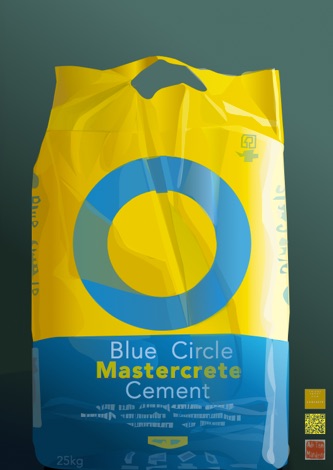Buy a print


CONCRETE
Concrete made from sand, gravel and stones is bound together by a limestone cement binder. This has to be kiln baked at 15000c to release the calcium oxide but it also produces vast quantities of CO2. After water, concrete is the most used material on the planet and the cement and concrete industry is responsible for about 7-8 % of global carbon dioxide emissions, the equivalent of more than any individual country except China and the USA.’
Jonathan Watts writes in the Guardian ‘Concrete is how we try to tame nature. Our slabs protect us from the elements. They keep the rain from our heads, the cold from our bones and the mud from our feet. But they also entomb vast tracts of fertile soil, constipate rivers, choke habitats and – acting as a rock-hard second skin – desensitise us from what is happening outside our urban fortresses’.
Phil Purnell professor of materials and structures at Leeds University, has said the world is unlikely to reach a “peak concrete” moment.“The raw materials are virtually limitless and it will be in demand for as long as we build roads, bridges and anything else that needs a foundation,”
This has certainly been the case across the developed world throughout the last century. Roosevelt’s New Deal in the 1930’s was celebrated in the US as a recession-busting national project but it could also be described as the biggest ever concrete-pouring exercise up until that point, with the Hoover Dam alone using 3.3m cubic metres.
Japan also embraced concrete to rejuvenating in the second half of the 20th century. As Jonathan Watts reports ‘it was a cheap material to rebuild cities ravaged by fire bombs and nuclear warheads in the second world war....then it provided the foundations for new railway tracks for Shinkansen bullet trains, new bridges and tunnels for elevated expressways, new runways for airports, new stadiums for the 1964 Olympics and the Osaka Expo, and new city halls, schools and sports facilities’.
In the late 1950s the construction of a Brasília, the new Brazillian capital on an almost uninhabited plateau used a million cubic metres of concrete in just 41 months. These mega projects cost vast sums and often bring with them high levels of corruption. ‘Paulo Maluf, the governor of São Paulo, during the construction of the giant elevated expressway known as Minhocão allegedly skimmed $1bn from public works in just four years’.
The Brazilian builders boasted the 12.3m cubic metres of concrete poured was a world record and this was so until ‘China’s Three Gorges Dam choked the Yangtze using 27.2m cubic metres.’ Since 2003, Jonathan tells that ‘China has poured more cement every three years than the US managed in the entire 20th century.’
It is therefore with joy that we read Fiona Harvey’s recent Guardian article in which she reports the good news that the ‘the Global Cement and Concrete Association has recently pledged to cut their green house gas emissions by up to a quarter in a decade and will reach net zero by 2050’.

I Care
Products











